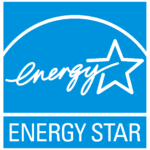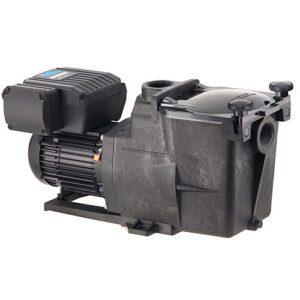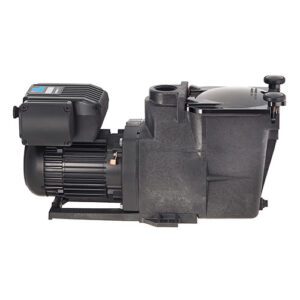Hayward Super Pump VS
Super Pump VS (Variable Speed Pump)
Hayward’s best-selling Super Pump just got even better! The new variable-speed Hayward Super Pump VS takes efficiency to the next level with up to 80% energy cost savings over single-speed pool pumps.
New variable speed pump is the only 115V or 230V VSP with a permanent magnet motor for the ultimate in energy efficiency.

Upgraded features such as a new built-in time clock make operation even easier. The intuitive user interface is now rotatable so it always faces the right direction and the new wiring compartment makes installation quick and reliable.
Upgrade your pools to Hayward Super Pump VS and help your customers save energy and money!
- Save up to 80% on energy costs when compared to ordinary single-speed pumps
- Right-sized for a faster payback compared more expensive variable speed models
- Permanent magnet motor for improved energy efficiency
- Totally enclosed fan cooled (TEFC) motor for added reliability
- Operates quietly, especially at energy-saving lower speeds
- 110 cubic-inch basket has extra leaf-holding capacity
[accordion clicktoclose=true][accordion-item title=”˅ Energy Efficiency Overview Click to Read“]
Energy Efficiency Overview
The energy consumed by a pool pump is measured in terms of Watts (W) or Kilowatts (kW). The Hayward Super Pump VS Variable Speed Pump displays power consumption in Watts. Given this information, you can determine the cost of operating the pump:
Power consumption of pump X Cost of electricity = Cost of Pump Operation per Hour
Example:
- Super Pump VS Variable Speed Pump operating at 300 W. Cost of electricity = $0.10 per kWh
- Convert Watts to Kilowatts: 300 W = 0.3 kW
- 3 kW X $0.10/kWh = $0.03 per hour
Note the power consumption is greatly affected by the speed of the pump. Lowering the speed of the pump can drastically reduce the power that is consumed. Below are some of the major benefits of running the pump at lower speeds.
Benefits of running at low speeds
- Save electricity and money
- Improved filtration – the filter can often remove smaller particles when the water moves slower
- Quiet operation
- Reduced Total Dynamic Head – less stress on equipment (e.g. filter) which can lengthen equipment life
When determining the speed(s) to operate your pump, you must also take into account the minimum requirements for proper sanitation and equipment/water feature functionality. It is recommended you filter (“turnover”) all the water in the pool at least once every 24 hours. Check with local requirements for the minimum turnover rate. Running the pump at a lower speed may require running the pump for a longer period of time in order to meet the turnover requirements for proper sanitation.
Equipment such as heaters, skimmers, and chlorinators require minimum flows to operate correctly. Refer to individual equipment manuals for specific flow requirements.
[/accordion-item][/accordion]
Check out more at www.teddybearpools.com #teddybearpools #lovemypool
[button link=”https://teddybearpools.com/wp-content/uploads/2016/06/super-pump-vs-LITSUPVS16.pdf” style=”download”]Hayward Super Pump VS Flyer[/button]
[twitter_follow username=”TeddyBearPool” language=”en”][fbshare type=”button” width=”100″]



